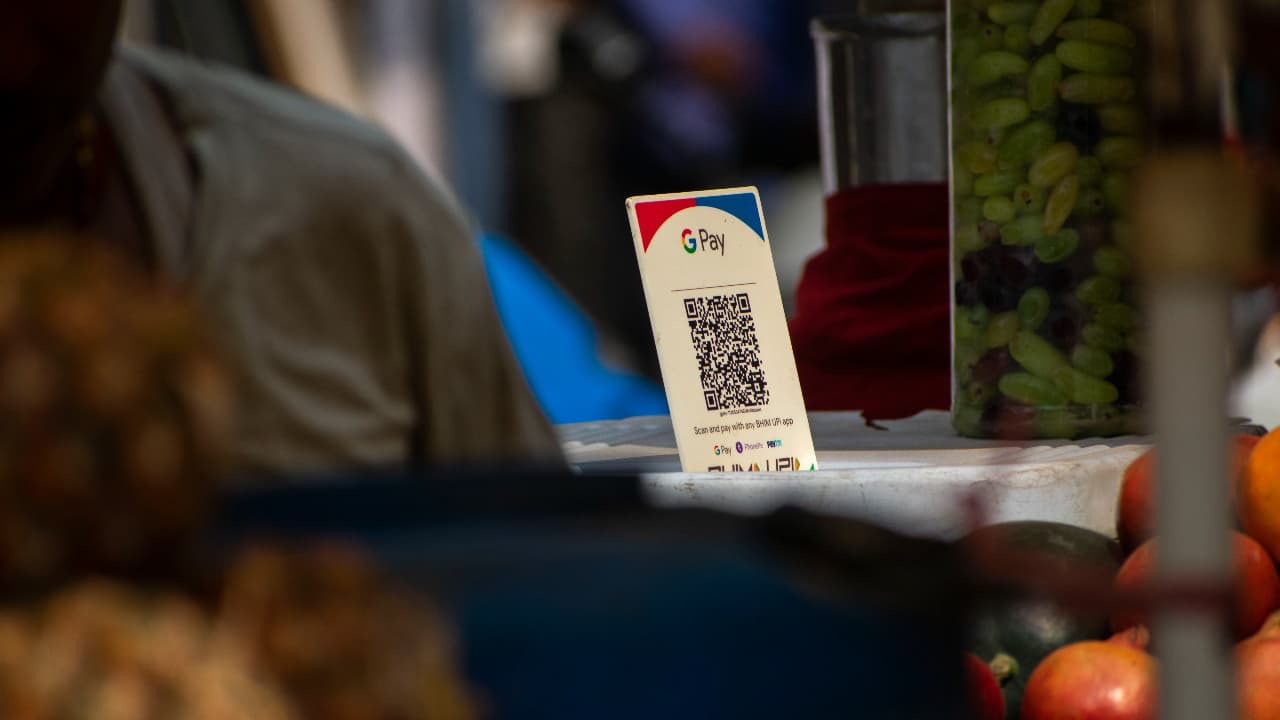Starting October 1, NPCI is discontinuing the UPI money request feature for person-to-person transfers to combat scams. While this removes a convenient tool, other UPI functionalities like sending money and paying via QR codes remain unaffected.
Starting October 1, 2025, the way Indians use the Unified Payments Interface (UPI) will change. In an effort to combat scams that have been increasingly targeting gullible consumers, the National Payments Corporation of India (NPCI) has announced that it is discontinuing the money request feature for person-to-person (P2P) transfers. On paper, at least, the money request button was a useful tool. You may just make a request, whether it’s to split the bill after dinner or remind a buddy who has forgotten that they still owe Rs 500, rather than clumsily asking someone to give money. Approval or rejection was up to the receiver.
Despite the tool’s neatness, fraudsters soon found a weakness. Fake requests became a popular ploy, and many customers unintentionally approved transfers directly from their accounts while believing they were verifying a legitimate payment.
The new guideline from NPCI doesn’t offer much space for interpretation. In a message to banks, payment service providers, and UPI applications, it stated that as of October 2, “no P2P collect transaction should be initiated, routed, or processed.” Updates must be made to the systems to completely prohibit such requests.
This does not imply that using UPI is becoming more difficult. Actually, the majority of characteristics are unaltered. It is still possible to:
— Use a bank account number, cellphone number, or UPI ID to send money quickly.
— Pay friends, relatives, or store owners by scanning a QR code.
— Grant requests from recognised merchants, such online stores or delivery applications.
Only peer-to-peer collection requests are affected by the modification. With their current greater transaction limitations, merchants will continue to request collections.
With billions of transactions handled each month, UPI has become India’s digital payments crown jewel. Three factors behind its popularity: simplicity, rapidity, and no transaction fees. However, its sheer simplicity has made it susceptible to abuse.
Phishing messages, phoney OTP requests, and even posing as bank employees have all been tried by scammers. The feature that allowed them to gather requests was simply one more weapon in their arsenal. According to NPCI, eliminating it is about fostering resilience before the issue worsens.
